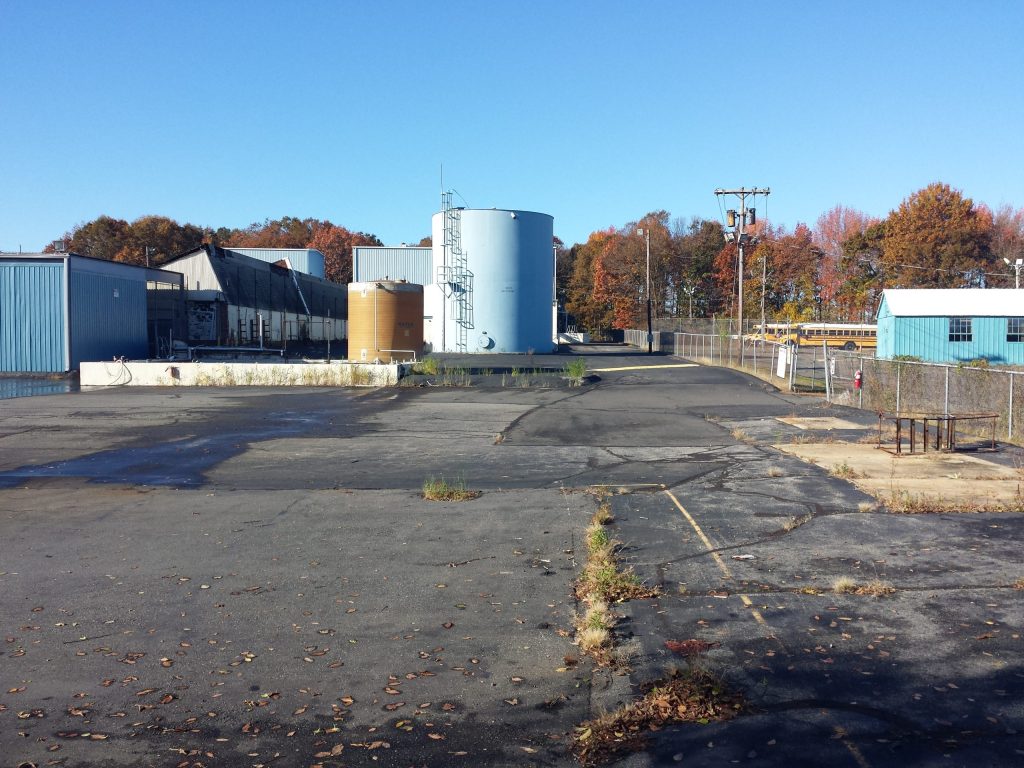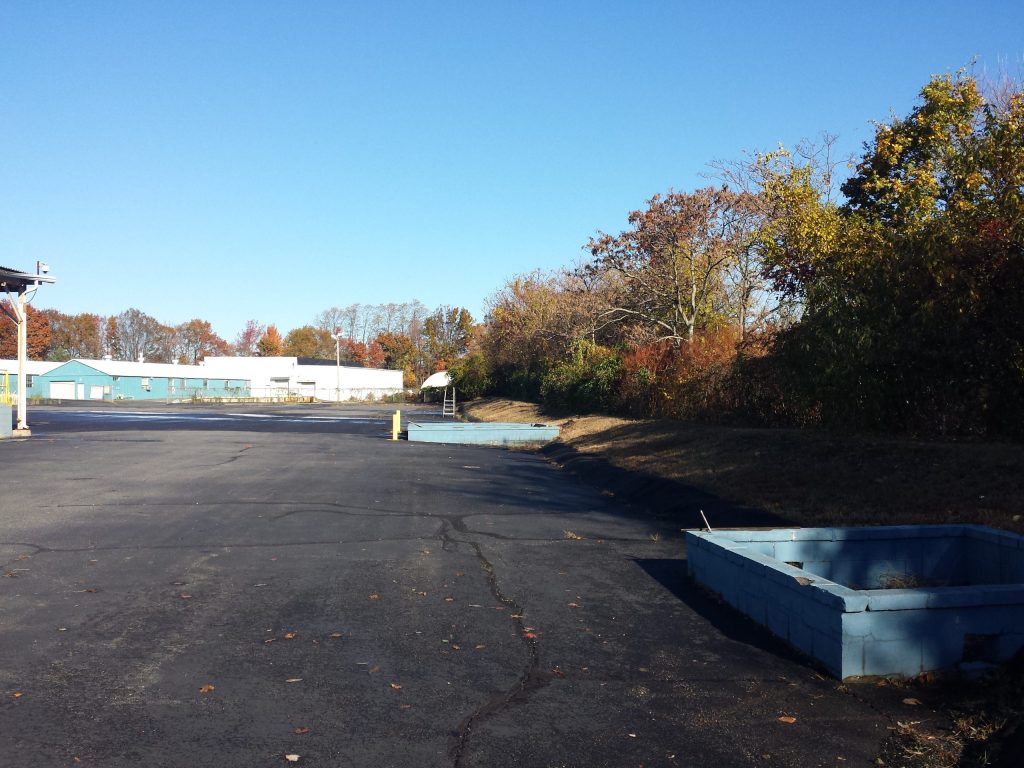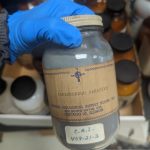 Whitman is proud to have completed a long-standing, 30+ year remediation project at a chemical manufacturing plant located in Monmouth County, New Jersey.
Whitman is proud to have completed a long-standing, 30+ year remediation project at a chemical manufacturing plant located in Monmouth County, New Jersey.
Remediation at the project site began under the New Jersey Department of Environmental Protection’s (NJDEP) Environmental Cleanup Responsibility Act (ECRA) program, to assure the cleanup of properties with hazardous materials contaminating soil and ground water that were subject to property transfers, closure, or bankruptcy. The remediation then continued as ECRA evolved into ISRA (Industrial Site Remediation Act) in 1992. The remediation was ultimately completed under the supervision of a senior LSRP (Licensed Site Remediation Professional) as governed by the Site Remediation Reform Act passed by the NJ Legislature in 2009.
Project Background and Overview
The 10-acre property had been used for chemical manufacturing since the beginning of the 1900’s. The first environmental investigations were started by Whitman in 1987. Areas of investigation at the site included underground storage tanks (USTs), surface and sub-surface soil contamination, shallow ground water, and wetlands on one side of the property that included an active stream. As a result, the New Jersey Department of Environmental Protection (NJDEP) also became concerned about the potential for contaminated sediments in that stream.
Initial concerns included a series of active USTs that contained a variety of petroleum and chemical products used in the past and ongoing manufacturing processes. All of the tanks were removed while the buyer of the property was continuing its manufacturing operations, and soil contaminated by leaking tanks and pipelines were excavated and disposed at licensed chemical landfill facilities.
However, it was then discovered that the soil contamination extended beyond the limits of discharges from the tanks, and that the character of the contaminants was not completely in line with the usage of the tanks. A professional investigator was employed by legal counsel to the property owner, and through the investigation it was discovered that the “mystery” soil contaminants were distributed on the property by a serious explosion that occurred there in the 1950s.
A decision was made by the client that contaminated soil distributed throughout the property by the explosion would not be sent to a landfill, as there was concern that such landfills would eventually be appointed by the United States Environmental Protection Agency (USEPA) as Superfund sites (polluted locations in the United States designated under the Comprehensive Environmental Response, Compensation, and Liability Act [CERCLA] of 1980, requiring a long-term response to clean up hazardous material contaminations).
A plan was instead developed to use above-ground bioremediation to reduce the concentrations of the organic contaminants to below applicable soil cleanup standards.
 The process was tested and evaluated by varying the type and the concentration of the biological enhancement agents as specified by scientists at laboratories in Finland and at Rutgers University. A grid featuring areas of approximately 150 square feet each were excavated and treated on-site at an area constructed to perform the above ground biotreatment. Following monitoring and testing, the remediated soil was returned to the excavations. In this manner, over a period of approximately 3 years, the large tract of contaminated soil was safely and effectively remediated.
The process was tested and evaluated by varying the type and the concentration of the biological enhancement agents as specified by scientists at laboratories in Finland and at Rutgers University. A grid featuring areas of approximately 150 square feet each were excavated and treated on-site at an area constructed to perform the above ground biotreatment. Following monitoring and testing, the remediated soil was returned to the excavations. In this manner, over a period of approximately 3 years, the large tract of contaminated soil was safely and effectively remediated.
The property also contained shallow ground water that had been contaminated by the release of the organic chemicals from the explosion in the 1950s. Extensive subsurface investigation revealed that the native clay layers beneath the property serves as an aquitard that prevented shallow ground water from reaching deeper aquifer units and prevents the horizontal flow that otherwise could have contaminated adjacent properties. Sampling of the wetlands, as well as the water and sediments within the on-site stream, confirmed the absence of the migration of the ground water contaminants. These investigations convinced NJDEP that no contaminant migration occurred, and provided evidence that this site should receive the rarely used designation of being within a Class 3A Aquifer, for which no ground water standards have been promulgated.
As a result, the case was ultimately closed in 2022 with no ground water remediation or further sampling required under the terms of the final Response Action Outcome (RAO) letter issued by the LSRP, and the Remedial Action Permit for Soil issued by NJDEP.
Posted on March 22nd, 2023





